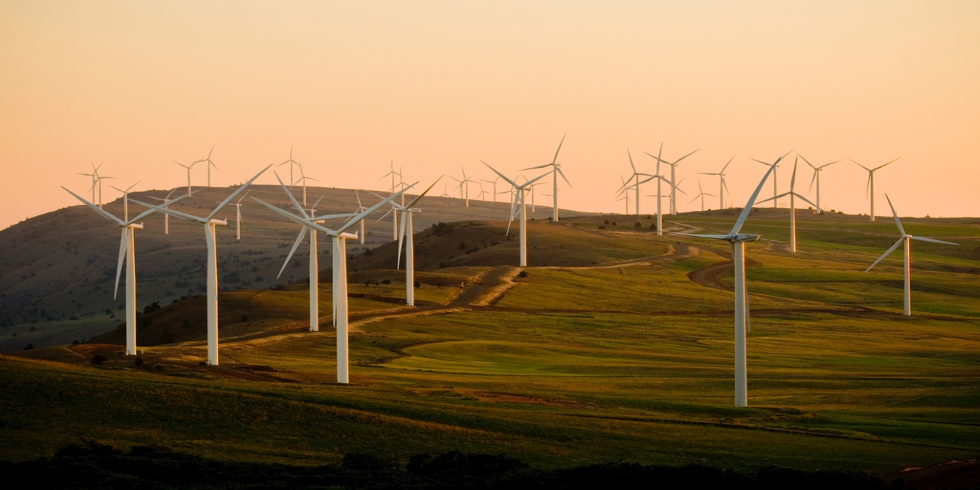India is assured to establish itself as one of the largest solar module manufacturers in the world and is witnessing the fastest growing capacity in renewable energy, said Raj Kumar Singh, Union minister of power and renewable energy.
Speaking at an event in Delhi, the minister highlighted India’s impressive strides in the renewable energy sector, including green hydrogen, fostering a robust ecosystem. The country boasts one of the largest manufacturing ecosystems for wind energy and is experiencing rapid growth in solar capacity, propelling India to be the global leader in renewable energy.
With substantial existing solar manufacturing capacity and ambitious projects underway, including polysilicon facilities, India is set to become one of the world’s largest solar module manufacturers.
Adding to the nation’s achievements, India has already achieved its Nationally Determined Contributions (NDC) target of 40% capacity from renewable sources ahead of schedule. The government remains steadfast in its commitment to achieving the NDC goal of 50% capacity share from renewable energy, well ahead of the NDC timeline set for 2030.
India is one of the fastest-growing economies in the world, yet per capita emissions of greenhouse gases are substantially lower than the world average. The country is striving to achieve a fine balance between meeting its surging energy needs and reducing carbon emissions. India remains steadfast in its commitment to sustainable growth, renewable energy expansion, and electric vehicle adoption.
Speaking on the occasion, Ramnath Krishnan, MD & Group CEO, Icra Ltd., praised India’s clean energy revolution, attributing it to robust policy support from the Government of India and enhanced tariff competitiveness in solar and wind power.
He also lauded the recent announcement of a bidding trajectory of 50 GW per annum from FY2024 to FY2028, which paves the way for achieving the ambitious 500 GW non-fossil fuel-based capacity target by year 2030, as set by the government.
Krishnan underscored the importance of timely completion of tendering processes, risk mitigation during execution, and strengthening the domestic solar supply chain to successfully reach the capacity targets.
He projected a rise in the share of renewable energy plus hydro in India’s electricity generation mix, estimated to reach around 40% by FY2030, up from the current 23% in FY2023. To mitigate intermittency risks associated with higher levels of renewable energy generation, Krishnan stressed the necessity of developing adequate energy storage capacities at a competitive cost.
“By strategically balancing economic growth with environmental consciousness, the nation is determined to carve a brighter, greener future for generations to come," he reiterates.
The adoption of electric vehicles (EVs) in India has gained significant momentum due to proactive measures taken by the Indian government and various state governments. Increasing awareness among citizens about the environmental benefits of EVs has propelled demand, while original equipment manufacturers (OEMs) have been expanding their EV portfolios to cater to consumer preferences.
Krishnan also highlighted the substantial investments made in charging infrastructure and the local vendor ecosystem, which have further contributed to the rapid adoption of EVs. ICRA estimates e-2W penetration to reach 10-12% of new vehicle sales by FY2025, e-3W at 14-16%, and e-buses at 11-13%.
To sustain and accelerate EV adoption, continued technological advancements, reduced import dependence, wider consumer choices, and accessible financing options are vital.











Add Comment